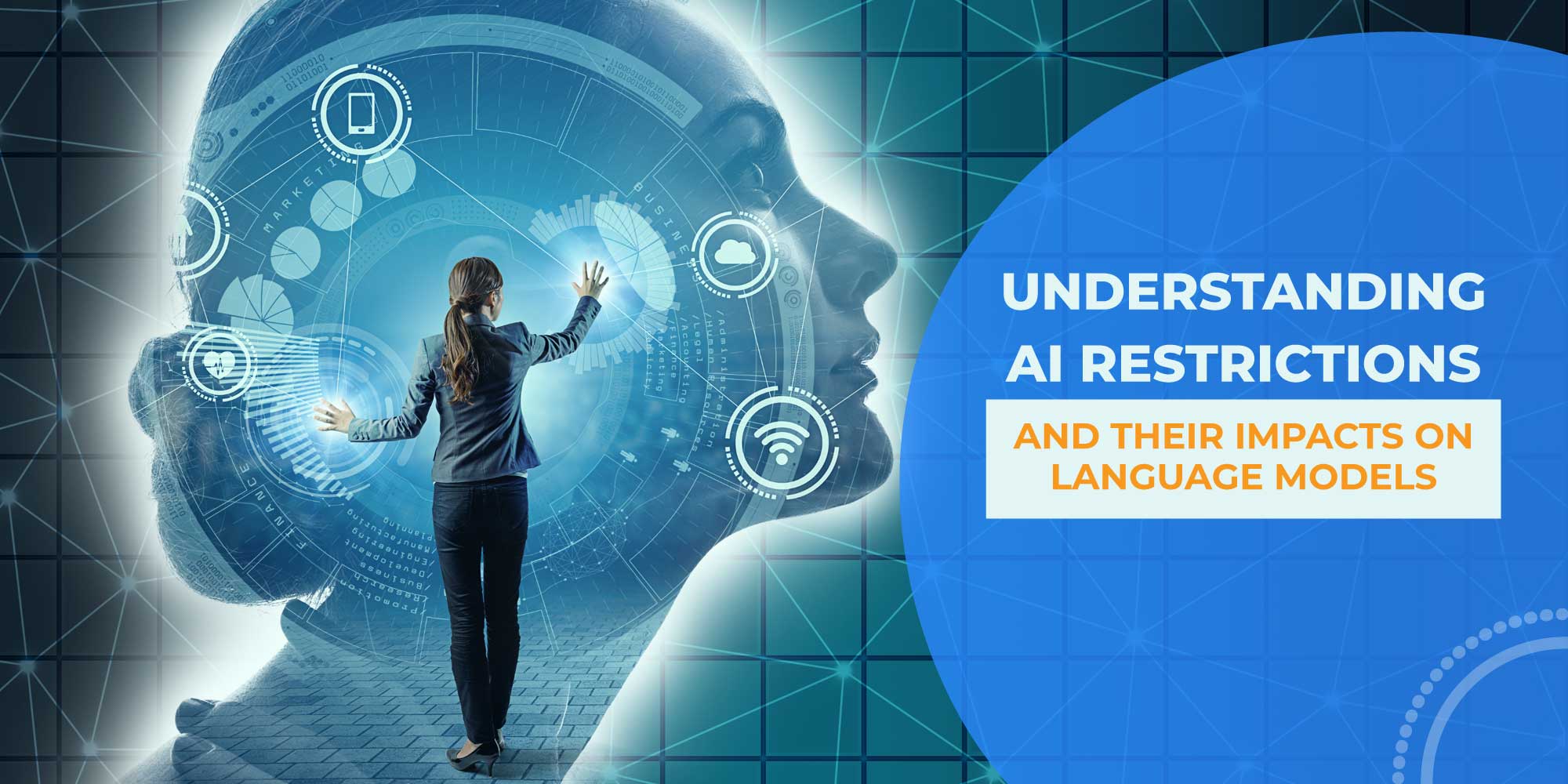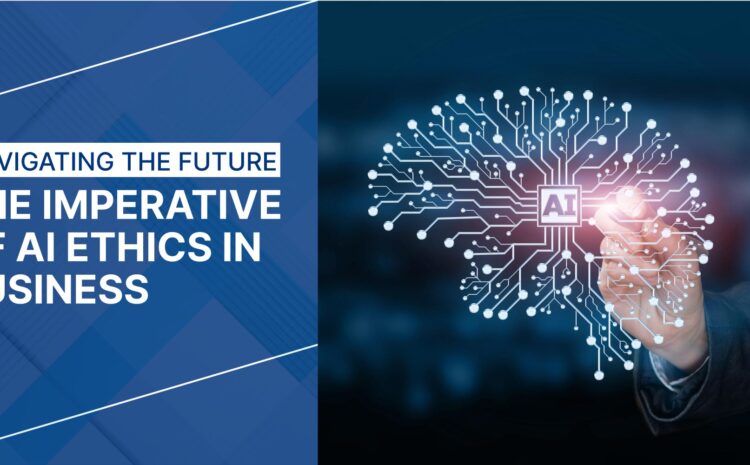Welcome back, friends! We’re halfway through the week – woohoo! Hope your week has been productive and exciting. As always, I’m thrilled to share with you another thought-provoking piece from the fascinating world of artificial intelligence. So, grab your coffee or tea, and let’s dive in!
Today, we’re talking about a topic that is super relevant in today’s tech-driven world – AI restrictions and their impacts on language models. Yes, folks, we’re getting our geek on!
Artificial Intelligence (AI) has transformed from a niche tech concept to a ubiquitous part of our daily lives. It’s influencing various sectors, from healthcare to transportation and entertainment, and has significantly impacted the way we communicate with the advent of language models. But, like with all technologies, there are restrictions and regulations. And it’s crucial we understand these to fully grasp their implications on AI and language models.
Restrictions in AI can be broadly divided into two categories: technical and ethical. Technical restrictions revolve around the AI’s capabilities and performance. For example, AI language models like GPT-3 or GPT-4 can generate impressively coherent and contextually appropriate text, but they still struggle with maintaining a consistent narrative over extended conversations. Also, they can’t provide real-time responses or show genuine understanding or empathy. These are current technical limitations that researchers and developers are tirelessly working to overcome.
Then there are the ethical restrictions. These relate to privacy, security, and bias. For instance, AI language models are trained on massive amounts of data, some of which can include private or sensitive information. Although these models do not have the ability to “remember” specific pieces of information, it is crucial to ensure that they don’t inadvertently generate text that could infringe on a person’s privacy.
Moreover, as AI learns from the data it is fed, it can inadvertently learn and perpetuate biases present in that data. Addressing these biases to ensure fairness and avoid perpetuating harmful stereotypes is a significant challenge in the field of AI.
These restrictions have some serious implications on language models. On the technical side, they can limit the model’s usability and effectiveness. For instance, a model struggling with maintaining context might not be suitable for tasks requiring extended conversations, like customer service.
Ethical restrictions, on the other hand, demand stringent data management and algorithmic fairness protocols. They can impact how the language model is trained and what data it is trained on, influencing its performance and outputs.
But here’s the thing, folks. Restrictions aren’t necessarily bad. They provide boundaries and guidelines that can push us towards responsible and ethical AI development. They challenge us to find innovative solutions and continue improving these models. After all, with great power comes great responsibility, right?
So, what do you think? How do you see these restrictions impacting the future development of AI and language models? Share your thoughts!
That’s it for today, my friends. Until next time, explore, learn, and always be open to new ideas! Don’t forget to check out our other posts on AI and tech. There’s always something new to learn!




